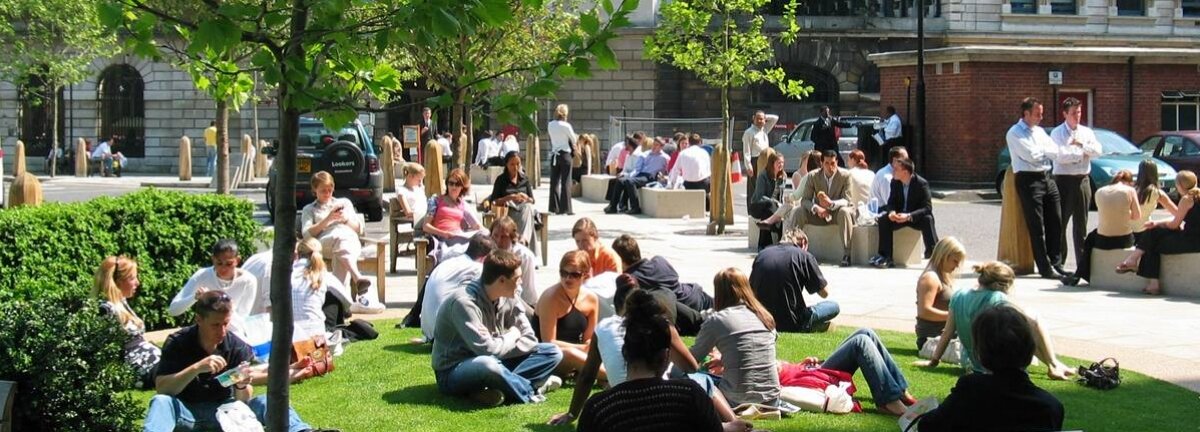Designing a greener future

This week is Green GB week, which is showing how clean growth is helping to provide new job opportunities, grow the economy and help tackle climate change. It comes at an important time with the UN’s Intergovernmental Panel on Climate Change stating that urgent and unprecedented changes are needed to reach the target set out in the Paris agreement to keep temperatures between 1.5C and 2C.
Our purpose at Design Council is to make life better by design. With the impact of climate change becoming clearer, this purpose is brought into sharper focus. To avoid catastrophic climate change we have to design better processes, better places and better products all of which will lead to cleaner, greener performance at an individual, local, regional, national or supranational level.
Products
Through our Spark programme we’ve supported a number of ventures that are creating ingenious green solutions to some of the biggest environmental problems we face. CamCup is a re-usable, recyclable coffee cup made partly from coffee grounds, helping to reduce the 2.5 billion coffee cups thrown away each year. The Flit e-bike by Hinton Bikes is a lightweight folding e-bike, with the aim of getting more people on a bike instead of driving the short distances we often take – around one in four trips are under two miles.
Places
We are also looking at the bigger issues. The places where we live and work need to help us be healthier and greener. Our healthy placemaking research looked in depth at the barriers to creating healthy places. The report found healthy placemaking can often sit outside central UK housing, public health and placemaking policy. It continues to be seen as a cost to local development rather than an investment, and when considered alongside the large number of local planning priorities and frameworks it often gets overlooked. This has to change. If we design neighbourhoods that encourage healthy modes of transport, greater access to healthier foods, increased social contact with neighbours and nature, and reduced exposure to air and noise pollution we will not just create healthier places but also greener places which reduce isolation and improve our mental health.
People
Green GB week is raising awareness of the role that everyone can play in tackling climate change. If we are to create the behaviour change that is required, government has to put design at the centre of its clean growth work. As design puts people first, it helps to overcome obstacles, create collaborations and support innovation. A design-led approach to clean growth will help to build consensus. It will give people a sense of agency and purpose to create a cleaner, greener future.
The Climate Change Act, introduced ten years ago, showed that Britain can take the lead in tackling climate change. A decade on the challenges seem to have grown. If we look to design-led solutions, we can break the challenges down and create a clean growth revolution which everyone feels a part of.
Subscribe to our newsletter
Want to keep up with the latest from the Design Council?
